Elbow fittings are among the most commonly used fittings in today's construction. They are versatile and come in a variety of sizes and shapes. Steel pipe elbows are key components in piping systems that change the direction of fluid flow. They are used to connect two pipes of equal or different nominal diameters and to turn the pipe 45 or 90 degrees in a certain direction.
Pipe elbows can be made from a variety of materials, including carbon steel, stainless steel, cast iron, PVC, copper, and alloy steel, depending on the specific requirements of the piping system. They are common in both daily life and industry, such as water pipes, oil and gas pipelines, chemical plants, power plants, and more. Elbows can be connected in a variety of ways, including welding (butt welding or socket welding), threading, or flanges.
Common Materials Used of elbow pipe
Pipe elbows are available in a wide variety of types, each designed to meet specific technical and practical needs in piping systems. Their classification can be made from several different perspectives, including material, production method, manufacturing standards, radius of curvature, pressure rating, and shape or function. Below is a comprehensive breakdown.
Pipe elbows can be manufactured from a variety of materials to suit different environments and applications:
Carbon Steel: Strong, durable, and cost-effective. Commonly used in industrial pipelines.
Stainless Steel: Resistant to corrosion, making it ideal for chemical plants and food processing industries.
Cast Iron: Traditionally used in plumbing and drainage systems due to its strength.
PVC (Polyvinyl Chloride): Lightweight, inexpensive, and resistant to many chemicals. Popular in household and commercial plumbing.
Copper: Excellent thermal conductivity, widely used in heating, cooling, and water supply systems.
Alloy Steel: Provides extra strength and resistance to heat, pressure, or corrosion. Used in specialized applications such as oil refineries and power plants.
Choosing the right material depends on factors such as pressure, temperature, fluid type, and the overall design of the pipeline.
1. Classification by Material
The choice of material directly affects the strength, corrosion resistance, and service life of a pipe elbow. Common materials include:
Carbon Steel:
Standards include ASTM/ASME A234 WPB, WPC. These are widely used in general industrial pipelines due to their strength and cost-effectiveness.
Alloy Steel:
Includes grades such as ASTM/ASME A234 WP1, WP11, WP12, WP22, WP5, WP91, WP911, as well as 15Mo3, 15CrMoV, and 35CrMoV. Alloy steels provide enhanced mechanical properties and resistance to high temperature and pressure.
Stainless Steel:
Often chosen for its excellent corrosion resistance. Common grades include:
ASTM/ASME A403 WP304, 304L, 304H, 304LN, 304N
ASTM/ASME A403 WP316, 316L, 316H, 316LN, 316N, 316Ti
ASTM/ASME A403 WP321, 321H
ASTM/ASME A403 WP347, 347H
Low-Temperature Steel:
Grades such as ASTM/ASME A402 WPL3, WPL6 are designed to withstand sub-zero conditions without losing toughness.
High-Performance Steel:
ASTM/ASME A860 WPHY 42, 46, 52, 60, 65, 70. These elbows are used in demanding environments like oil and gas pipelines.
Other Materials:
Depending on application needs, elbows may also be made from cast steel, copper, aluminum alloy, plastics (PVC, PPR, RFPP reinforced polypropylene), or specialty materials such as argon phosphate.
2. Classification by Production Method
Different manufacturing techniques are used depending on the size, material, and performance requirements:
Pushing (hot-push forming)
Pressing (hydraulic press or mechanical press forming)
Forging (provides excellent strength and durability)
Casting (commonly used for complex shapes or larger diameters)
3. Classification by Manufacturing Standards
Pipe elbows are manufactured according to different national and international standards to ensure quality and interchangeability. Examples include:
National Standard (GB in China)
Electric Power Standard
Shipbuilding Standard
Chemical Industry Standard
Water Supply Standard
International Standards: American (ASME/ANSI), German (DIN), Japanese (JIS), Russian (GOST), etc.
4. Classification by Radius of Curvature
The curvature of an elbow significantly impacts flow characteristics and space requirements:
Long Radius (LR) Elbow:
Radius of curvature equals 1.5 times the pipe diameter (R = 1.5D). These provide smoother flow with less pressure drop.
Short Radius (SR) Elbow:
Radius of curvature equals the pipe diameter (R = 1.0D). They are more compact and save space, but create more turbulence and pressure loss.
5. Classification by Pressure Rating
Elbows are produced in different wall thicknesses and pressure classes, following American pipe schedules:
Schedules include: Sch5s, Sch10s, Sch10, Sch20, Sch30, Sch40s, STD, Sch40, Sch60, Sch80s, XS, Sch80, Sch100, Sch120, Sch140, Sch160, XXS.
Most commonly used: Standard Weight (STD) and Extra Strong (XS).
These classifications ensure elbows can withstand specific internal pressures safely.
Pipe Elbow Specifications and Dimensions
|
Standards
|
ASME/ANSI B16.9 (LR), B16.28(SR), JIS B 2311/2220, DIN2605/2616/2615
|
|
Type
|
Cross, elbow, tee, cap, stud end, reducer, cross etc...
|
|
Materials
|
Stainless steel: ASTM A403-WP304, WP304L, WP304/304L, WP304H, WP316, WP316L, WP316/316L, WP321, WP321H, WP347, WP347H
Super stainless steel: ASTM 904L, B366-N08904, A403-WP317, 317L, 254SMO(UNS S31254)
Duplex and super duplex steel: ASTM A815-S31803, S32205, S32750, S32760, 2205
Low temperature steel: ASTM A420-WPL6, WPL3
Alloy steel: ASTM A234-WP11, WP22, WP91
Pipeline steel: API X42, X52, X60, X65, X70
Carbon steel: ASTM A234-WPB, WPC
Nickel alloy incone l825, Incolloy800HT, Monel400, Al-Mi Metal
|
|
OD
|
Seamless products DN15 (1/2")/DN600 (32")
Welded products DN450 (1/2")/DN3000 (120")
|
|
Wall thickness
|
SCH 5S- SCH 160XXS
|
|
Applications
|
Low and middle pressure fluid pipeline, boiler, petroleum and natural gas industry, drilling, chemical industry, electric industry, shipbuilding, fertilizer equipment and pipeline, structure, petrochemical, pharmaceutical industry
|
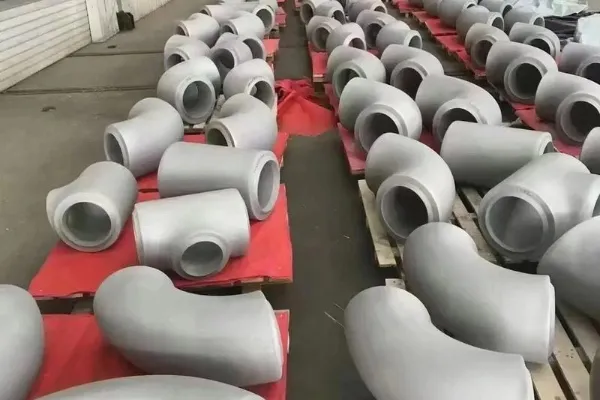
What's the Difference Between Bends and Elbows?
Bends and elbows are common components in piping systems. Both change the direction of fluid flow, but they differ in their function and usage.
A bend is a curved pipe component primarily used to change the direction of a pipe. It can be made of materials such as stainless steel, copper, or plastic, and offers varying bend radii to accommodate various layouts. When selecting a bend, you typically need to consider its diameter, material, and bend angle.
An elbow is a common pipe fitting, primarily used to connect and adjust the direction of pipes. Common angles are 90 and 45 degrees, but other angles can also be customized. Elbows allow flexible horizontal or vertical adjustments in pipes and are typically made of carbon steel, stainless steel, copper, or plastic.
In terms of installation, bends are often connected to pipes through welding, threads, or flanges, while elbows are more like complete fittings, often using flanges or threads.
The Difference Between PVC Elbows and Pipe Bends
Both PVC elbows and pipe bends allow pipes to change direction, but their uses and structures differ. PVC pipe bends are typically made by heating a straight pipe and then bending it into a single piece. They are suitable for applications requiring a large bend radius, resulting in a smoother transition and reduced flow resistance. PVC elbows, on the other hand, are specialized pipe fittings, with common angles such as 45° and 90°. They are used for quick changes in pipe direction or connecting different pipe sections. They are easy to install but require a sharper turn. Simply put, pipe bends are suitable for overall transitions, while elbows are more suitable for precise connections.






 English
English Español
Español بالعربية
بالعربية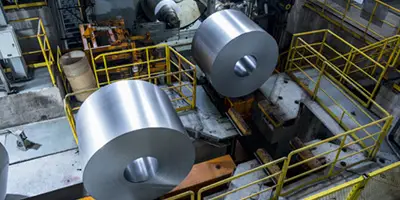
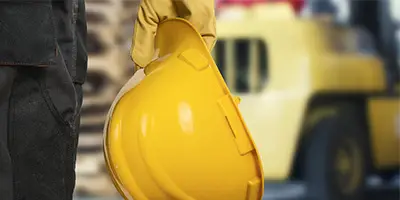
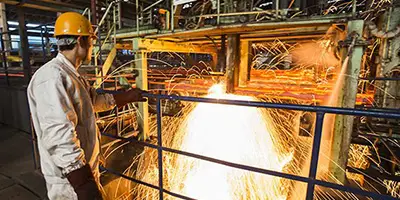
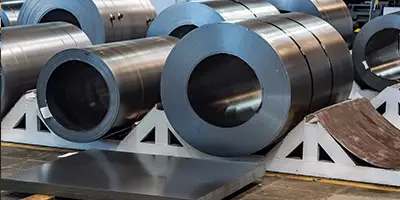

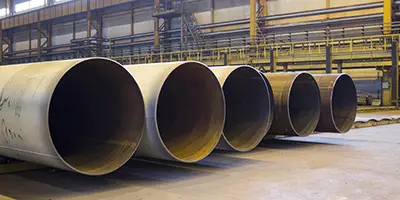
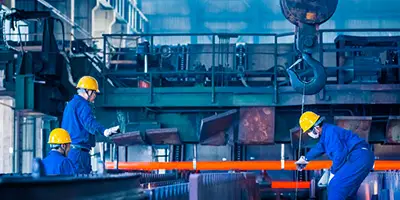
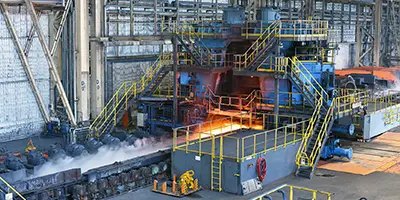
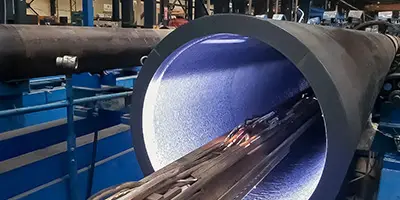
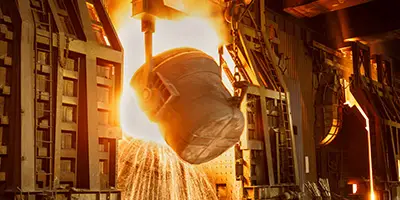
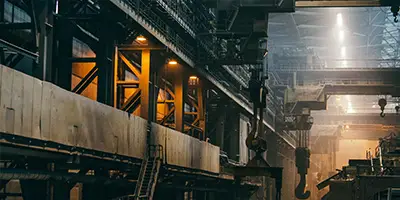

 Phone :
Phone :  Whatsapp :
Whatsapp :  Email :
Email : 


